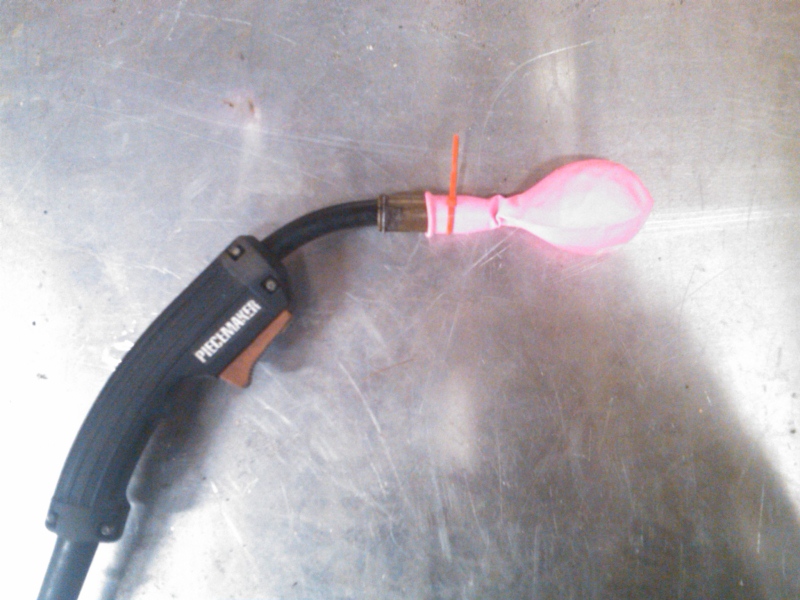Over the past 6 years, I have slowly but surely replaced the majority of the steering components on my truck. The latest part that I swapped out was the Idler Arm. Mine was totally smoked, and may have even been the original one that came with the truck 22 years ago. As you can see in the picture, there is nearly zero bushing left inside where it attaches to the bracket. I am sure that the fact that it was ungreasable lead to its demise, but it was the gigantic car launching pot hole near my house that really finished it off. Let’s hear more about it!
In the moment before I hit the unavoidable paved crevasse that was racing toward me, I began saying “oooooohh” very loudly and immediately clamped my jaw shut. I figured that if I did this, maybe I wouldn’t bite my tongue off when I rolled my truck deep into the nearby woods while on fire. I then double checked my seatbelt, and began mentally preparing for impact. The mating of my right front wheel with this hole in the road, was time bending. In reality, it may have lasted less than 1 awful millisecond, but it felt like an eternal sentence in Destructionville. Oh gosh the sound was atrocious. Imagine what it sounds like to crash a medieval castle into an equally large, yet fragile, glass tank full of anchors. That is close to the sound that my truck made when contact was made. Each and every part of my truck separated for a split second and then came crashing back together again. When my brain turned back on and all wheels were touching the ground again, I was miraculously still driving down the street. I pulled into my driveway, twitching just a little bit, and noticed a fantastic new clunk in my steering to track down. Alas, the idler arm had given up the ghost. Read More









